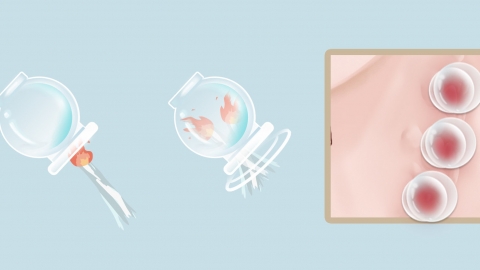Can cupping therapy be used for a tight sensation in the head caused by cervical spondylosis?
Generally, whether cupping therapy can be used to treat a tight sensation in the head caused by cervical spondylosis needs to be determined based on specific circumstances. Cupping is usually applicable when the symptoms are mild and there are no skin abnormalities. However, if the symptoms are severe or accompanied by skin injuries or acute inflammation, cupping is generally not recommended. Detailed analysis is as follows:

When the tight sensation in the head caused by cervical spondylosis is mild, manifesting only as slight tightness in the head and neck stiffness, and the skin on the neck and head is intact without redness, swelling, damage, or rashes, cupping therapy may be considered. Applying cupping at appropriate locations on the neck can promote local blood circulation, relax tense muscles, and help alleviate the tight sensation in the head.
If the tight sensation in the head caused by cervical spondylosis is severe, accompanied by intense pain, dizziness, or if there are skin injuries or ulcers on the neck, or if it is during an acute inflammatory phase, cupping therapy should not be used. At this time, applying cupping may intensify local irritation, worsen symptoms, and increase the risk of skin infection.
To relieve the tight sensation in the head caused by cervical spondylosis, it is important to avoid maintaining the same posture for prolonged periods in daily life. Take breaks to move your neck during work, and choose a pillow of appropriate height to support the cervical spine. Appropriate neck stretching exercises can help strengthen the flexibility of neck muscles and reduce the occurrence of tight sensations in the head.




